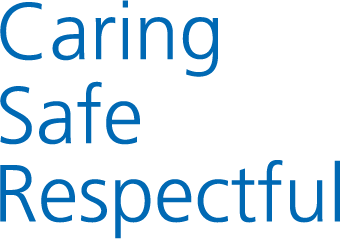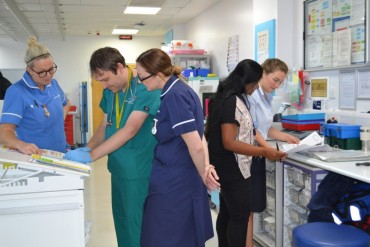Overview
Healing of soft tissue injuries around the shoulder will take 2-8 weeks to settle depending on the severity of the injury.
This leaflet is a guideline to self management of such injuries and therefore if there is any doubt on management, it is best to seek further opinion via your GP or physiotherapist.
If symptoms increase with any of these exercises stop and seek medical advice.
We are aware this PDF are might not be accessible to all users. If you would like to request an accessible version, please contact bfwh.
Read our accessibility statement to learn more.



